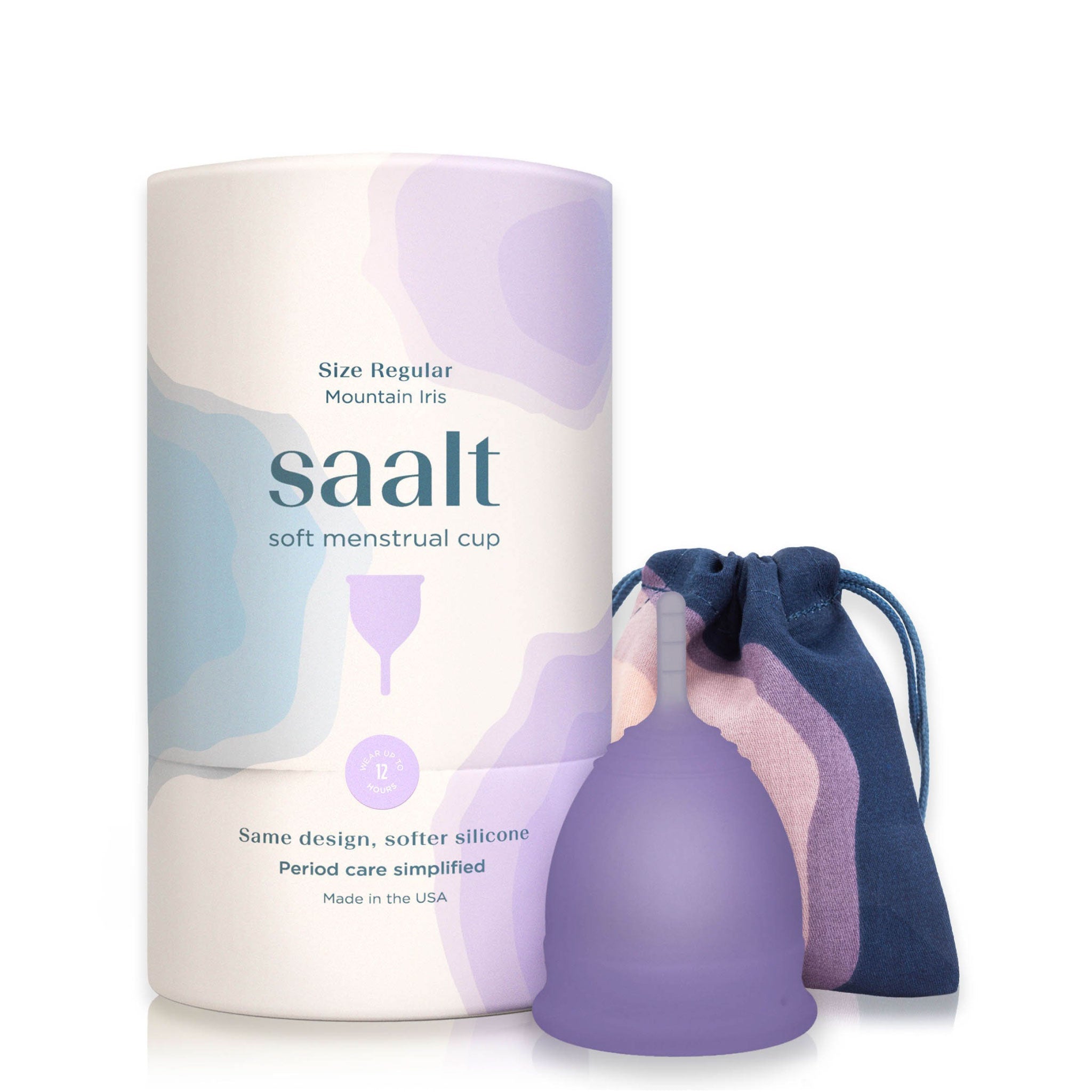Why is My Menstrual Cup Falling Out After Having a Baby?
First, congratulations on giving birth! An incredible, life changing experience. Second, if you’re experiencing issues with your menstrual cup falling out after having a baby, you’re not alone. Many people find that their bodies (amongst other things!) change in surprising ways post-childbirth, and this can affect how their menstrual cup fits and functions. Let’s explore some common reasons for this and what you can do about it.
Pelvic Floor Changes
During pregnancy and childbirth, your pelvic floor muscles stretch and weaken. These muscles are essential for supporting your pelvic organs, including your vagina. When they're weakened, it can be harder for your menstrual cup or menstrual disc to stay in place.
How can I make this better?
Strengthening your pelvic floor through exercises like Kegels can make a big difference. These exercises involve contracting and relaxing the muscles you use to stop the flow of urine. Regular practice can help improve muscle tone and support which leads to more confidence utilizing a menstrual cup or reusable menstrual disc. Because changes in your pelvic floor are unique to you, consulting with a physical therapist who specializes in pelvic floor therapies can be very beneficial. Pelvic dysfunction can sometimes mean tightness as well. So working with a pelvic floor therapist to prescribe the right exercises for you could be very beneficial toward your success with inserted menstrual products.
Vaginal Changes
Your body goes through a lot during childbirth, and the shape and size of your vagina can change. This might mean that the menstrual cups or menstrual discs you used pre-baby don’t fit as well as they used to.
How can I make this better?
Consider trying a different size or shape of menstrual cup. Saalt offers varying firmnesses and sizes of cups to accommodate different needs within the different phases of life. Our Saalt Soft Cups are designed with softer silicone to better accommodate post-baby bodies. Additionally, looking into Saalt’s leakproof underwear as an alternative to period cups or discs is a great idea. Period panties can serve as a great backup to inserted products or can also serve as a great replacement for anyone who finds that cups or discs are no longer a great match for them.
Cervical Position
After childbirth, your cervix might sit lower than it did before. This can impact how your menstrual cup or menstrual disc fits and stays in place.
How can I make this better?
Start by learning how to measure your cervix height. Once you have done that, skip right over to our cup and disc quiz which will help you narrow down which cup or disc is the right post-birth option for you. Additionally, visit our YouTube channel to watch these videos on how to insert a cup or how to insert a disc. Getting a refresher on the proper insertion techniques could be just what you need to get back to having a menstrual cup or menstrual disc stay in place!
Learn: How to insert a menstrual cup
Learn: How to insert a menstrual disc
Summarized Tips and Tricks
Pelvic Floor Exercises: Strengthening your pelvic floor muscles with personalized exercises can help support all inserted period products like tampons, cups, discs better.
Different Cup Size or Shape: Post-childbirth, you might need a cup that’s specifically designed for this stage of life.
Correct Insertion: Ensure the cup is fully opened and sealed after insertion.
Leakproof Underwear: Consider using period underwear or leakproof panties as a backup or as a replacement. We might be biased, but we think that Saalt has the best period underwear on the market 😉
When to Seek Help
If you’ve tried these adjustments and your menstrual cup or menstrual disc still isn’t working for you, it might be a good idea to consult with a healthcare provider. They can check for any underlying issues and offer personalized advice.
Remember, it’s perfectly normal for your body to change after having a baby, and finding the right products might just take a bit of trial and error. With a little patience and the right approach, you’ll find a solution that works for you!





